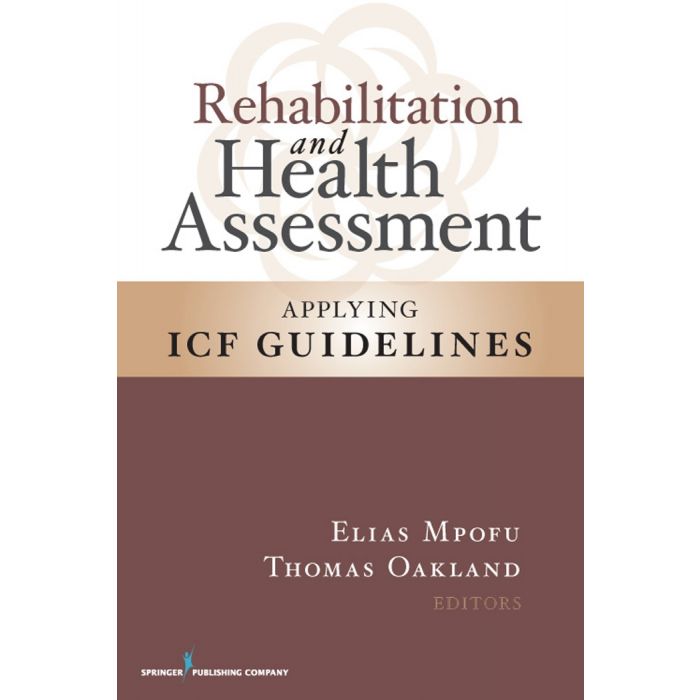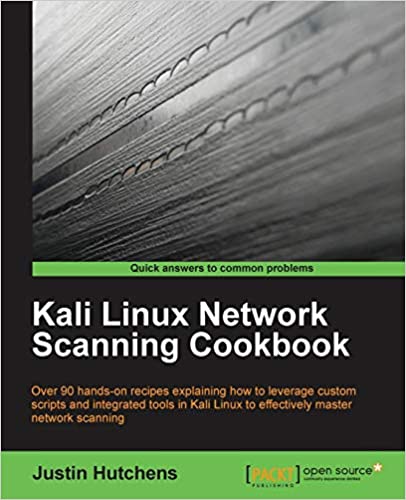Order Processing Time
All orders placed on our website are processed within 2-4 business days, from Monday to Friday, 8:00 AM – 6:00 PM Pacific Time (PT). Orders received after our daily cut-off time of 10:00 PM PT will be processed on the next business day. Please note that we do not process orders on weekends or public holidays.
Shipping Methods and Carriers
Zetlly partners exclusively with reputable shipping carriers to ensure timely delivery of your orders. We utilize:
-
FedEx
-
UPS
-
USPS
The choice of carrier is determined by factors such as destination, weight, and delivery timeframe to provide optimal service.
Shipping Rates and Fees
-
Free shipping is provided for all orders over $199.
-
Orders under $199 will incur a flat-rate shipping fee of $7.99.
-
All orders shipped within the United States will be subject to a sales tax charge of 5%.
Estimated Delivery Time
Once shipped, orders typically arrive within 6 to 10 business days. Our delivery times are from Monday to Friday, 8:00 AM – 6:00 PM Pacific Time (PT). Please allow additional time for deliveries to remote or rural locations.
Shipping Restrictions
Zetlly currently ships exclusively within the United States. At present, we do not offer international shipping or deliveries to P.O. boxes or APO/FPO addresses. Orders placed with addresses outside our designated delivery areas will be canceled, and refunds will be processed accordingly.
Tracking Your Order
Upon shipment, customers will receive a confirmation email containing tracking information. You can track your order directly through the provided tracking link or by visiting the carrier’s official website:
Please allow up to 48 hours for tracking information to update in the carrier’s system.
Eligibility for Returns and Exchanges
We accept returns and exchanges within 30 days from the date your order is delivered. Items must be unused, in the original condition, and accompanied by the original packaging and receipt or proof of purchase.
How to Return or Exchange an Item
To initiate a return or exchange, please follow these steps:
-
Contact our customer support at [email protected] with your order number and reason for return or exchange.
-
Our team will respond within 24 hours to provide detailed instructions, including the specific Return Address for your shipment.
-
Package your item securely and include all original packaging and proof of purchase.
Return shipments should be sent to: Blanq LLC 1201 South Hope Street Apt 2413, Los Angeles, CA 90015, USA
Return Conditions
-
Items must be returned in their original condition, unworn, undamaged, and complete with all original packaging and documentation.
-
Items returned without prior authorization or not meeting the above conditions may not qualify for a refund or exchange.
Return Shipping Costs
Customers are responsible for return shipping costs unless the return is due to our error or a defective product. We recommend using a trackable shipping service to ensure your return reaches us safely.
Non-Returnable Items
The following items cannot be returned:
-
Digital products (e-books or downloadable content)
-
Personalized or customized items
-
Gift cards
Accepted Payment Methods
Zetlly accepts the following secure and widely trusted payment options:
-
PayPal: Easily pay through your PayPal account, benefiting from secure transactions and buyer protection.
-
Stripe: Pay securely using major credit and debit cards including Visa, MasterCard, American Express, and Discover via Stripe’s encrypted payment gateway.
Payment Security
At Zetlly, your security is our utmost priority. We utilize advanced encryption technologies and robust security protocols provided by PayPal and Stripe. All payment information entered on our site is encrypted using Secure Socket Layer (SSL) technology, ensuring your financial information remains private and secure throughout the transaction process.
Zetlly does not store any credit card or sensitive financial information directly on our servers, further enhancing the security and protection of your personal data.
Payment Process and Confirmation
Upon placing an order, your chosen payment method (PayPal or Stripe) will immediately process the transaction. You will receive an automated confirmation email shortly after your payment has been successfully completed, detailing your transaction and order summary.
Please retain this confirmation email for your records and reference in case of any inquiries or disputes.
Chapter 1 General Introduction Definition of emulsions and the role of the emulsifier.
Classification based on the nature of the emulsifier. Classification based on the structure of the system. General instability problems with emulsions : creaming/sedimentation, flocculation, Ostwald ripening, coalescence and phase inversion. Importance of emulsions in various industrial applications. Chapter 2 Thermodynamics of Emulsion Formation and Breakdown Application of the second law of thermodynamics for emulsion formation : Balance of energy and entropy and non-spontaneous formation of emulsions. Breakdown of the emulsion by flocculation and coalescence in the absence of an emulsifier. Role of the emulsifier in preventing flocculation and coalescence by creating an energy barrier resulting from the repulsive energies between the droplets. Chapter 3 Interaction Forces between Emulsion Droplets Van der Waals attraction and its dependence on droplet size, Hamaker constant and separation distance between the droplets. Electrostatic repulsion resulting from the presence of electrical double layers and its dependence on surface (or zeta) potential and electrolyte concentration and valency. Combination of the van der Waals attraction with double layer repulsion and the theory of colloid stability. Steric repulsion resulting from the presence of adsorbed non-ionic surfactants and polymers. Combination of van der Waals attraction with steric repulsion and the theory of steric stabilisation. Chapter 4 Adsorption of Surfactants at the Oil/Water Interface Thermodynamic analysis of surfactant adsorption and the Gibbs adsorption isotherm. Calculation of the amount of surfactant adsorption and area per surfactant molecule at the interface. Experimental techniques for measuring the interfacial tension. Chapter 5 Mechanism of Emulsification and the Role of the Emulsifier Description of the factors responsible for droplet deformation and its break-up. Role of surfactant in preventing coalescence during emulsification. Definition of the Gibbs dilational elasticity and the Marangoni effect in preventing coalescence. Chapter 6 Methods of Emulsification Pipe flow, static mixers and high speed stirrers (rotor-stator mixer). Laminar and turbulent flow. Membrane emulsification. High pressure homogenisers and ultrasonic methods. Chapter 7 Selection of Emulsifiers The hydrophilic-lipophilic-balance (HLB) and its application in surfactant selection. Calculation of HLB numbers and the effect of the nature of the oil phase. The phase inversion temperature (PIT) method for emulsifier selection. The cohesive energy ratio method for emulsifier selection. Chapter 8 Creaming/Sedimentation of Emulsions and its prevention Driving force for creaming/sedimentation: effect of gravity, droplet size and density difference between the oil and continuous phase. Calculation of the rate of creaming/sedimentation in dilute emulsions. Influence of increase of the volume fraction of the disperse phase on the rate of creaming/sedimentation. Reduction of creaming/sedimentation: Balance of the density of the two phases, reduction of droplet size and effect of addition of “thickeners’. Chapter 9 Flocculation of Emulsions and its Prevention Factors affecting flocculation. Calculation of fast and slow flocculation rate. Definition of stability ratio and its dependence on electrolyte concentration and valency. Definition of the critical coagulation concentration and its dependence on electrolyte valency. Reduction of flocculation by enhancing the repulsive forces. Chapter 10 Ostwald Ripening and its Reduction Factors responsible for Ostwald ripening : difference in solubility between small and large droplets and the Kelvin equation. Calculation of the rate of Ostwald ripening. Reduction of Ostwald ripening by incorporation of a small amount of highly insoluble oil. Reduction of Ostwald ripening by the use of strongly adsorbed polymeric surfactant and enhancement of the Gibbs elasticity. Chapter 11 Emulsion Coalescence and its Prevention Driving force for emulsion coalescence : Thinning and disruption of the liquid film between the droplets. The concept of disjoining pressure for prevention of coalescence. Methods for reduction or elimination of coalescence : Use of mixed surfactant films, use of lamellar liquid crystalline phases and use of polymeric surfactants. Chapter 12 Phase Inversion and its Prevention Distinction between catastrophic and transient phase inversion. Influence of the disperse volume fraction and surfactant HLB number. Explanation of the factors responsible for phase inversion. Chapter 13 Characterisation of Emulsions Measurement of droplet size distribution : Optical microscopy and image analysis. Phase contrast and polarising microscopy Diffraction methods. Confocal laser microscopy. Back scattering methods Chapter 14 Industrial Application of Emulsions 14.1 Application in Pharmacy 14.2 Application in Cosmetics 14.3 Application in Agrochemicals 14.4 Application in Paints 14.5 Application in the Oil Industry Additional ISBNs9783110452242Emulsions: Formation, Stability, Industrial Applications 1st Edition is written by Tharwat F. Tadros and published by De Gruyter. ISBNs for Emulsions are 9783110452266, 311045226X and the print ISBNs are 9783110452174, 3110452170. Additional ISBNs include 9783110452242.
Related products
New Arrivals
New Arrivals
New Arrivals









